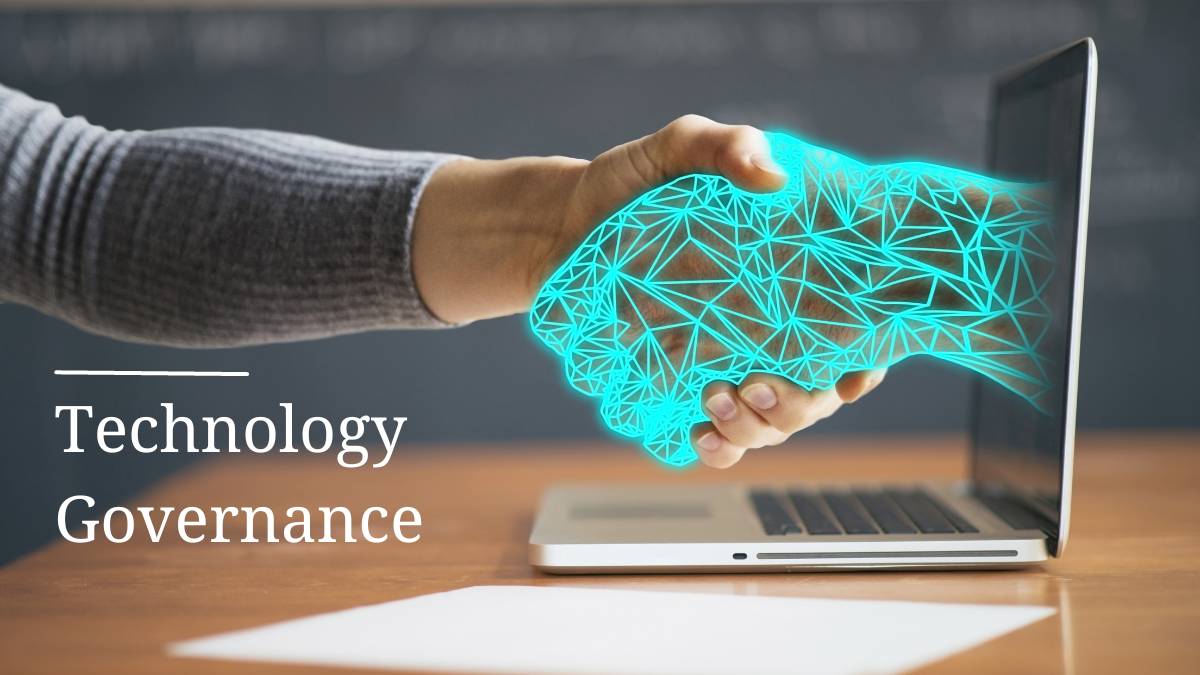The advancement of technology in recent decades has profoundly altered everyday life: in business, government, home, and work. It has had a profound impact on all aspects of our lives, including how we connect, socialize, understand, and even manage or govern.
While the rapid spread of digital and physical technologies holds great potential, it also poses risks. Just as previous waves of technical development in industry and society have demonstrated concern for individuals and societies, similar concerns can be seen in the current debate over artificial intelligence, nuclear energy, gene editing, and social media.
Clearly, it is important for both developing and developed countries to create policies and governance systems that oversee these new technological discoveries. Given these conditions, the concept of “technology governance” is gaining ground around the world.
In this article, we will learn about technology governance and explain what the key regulatory frameworks for technologies are.
Definition of technology governance:
According to the OECD: Technological governance can be defined as the process of exercising political, economic and administrative authority in the development, dissemination and operation of technology in societies. It may consist of norms (e.g., regulations, standards, and customs), but it may also be operationalized through physical and virtual architectures that manage risks and benefits. Technology governance refers not only to formal government activities but also to the activities of businesses, civil society organizations and communities of practice. In its broadest sense, it represents the sum of the many ways in which individuals and organizations shape technology and how, conversely, technology shapes social order.
Technology governance typically involves multiple stakeholders, including government agencies, regulators, industry associations, and individual organizations. In this case, “governance” refers to a wide range of institutional and regulatory structures that guide technological advancement, including:
- R&D agenda setting and public accountability mechanisms
- Technological evaluation, forecasting and scientific advice.
- Public participation and scientific communication.
- Technical and design standards.
- Regulation and soft law
- Governance and self-regulation of the private sector



What is the need for an Efficient Technology Governance framework?
Currently, the world is reaching the end of the deployment phase of the “Information and Communications Technology (ICT) Era” and entering the installation phase of a new paradigm, which involves cutting-edge technologies (Blockchain, AI, autonomous vehicles, Internet of things). , etc.). In this scenario, the role of technological governance becomes critical for the reasons set out below:
- Shaping public policies
- Ensure national security
- Mitigate the risks and possible negative impacts derived from the use of emerging technologies.
- Encourage innovation by providing a framework for experimentation and risk-taking, while ensuring responsible use.
- Ethical use of technology.
What are the main governance frameworks to regulate technologies?
According to the “Global Technology Governance Report 2021” of the World Economic Forum: “As new technologies continue to evolve, regulators must anticipate their needs and risks. Although it is not always possible to anticipate the evolution of technology, it is possible to prepare.”
Common governance framework themes include:
- Ethical governance
- Public-private coordination:
- Agile and responsive regulation
- Experimental
- Data exchange/interoperability
- Regulatory collaboration

In conclusion, promoting public education and raising awareness about emerging technologies and their possible consequences allows people to make informed decisions and encourages responsible behavior in the adoption and use of new technologies.
Read also: Augmented Reality
Categories: Optical Illusion
Source: ptivs2.edu.vn
